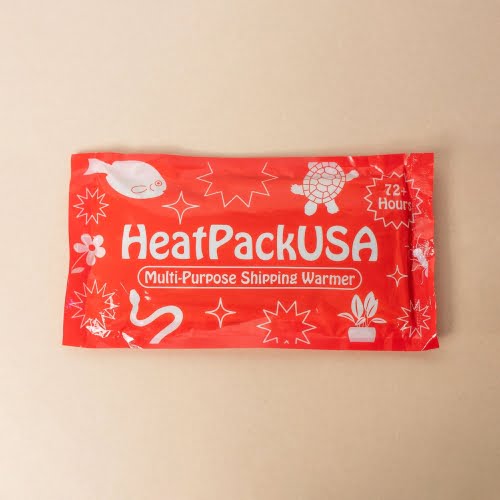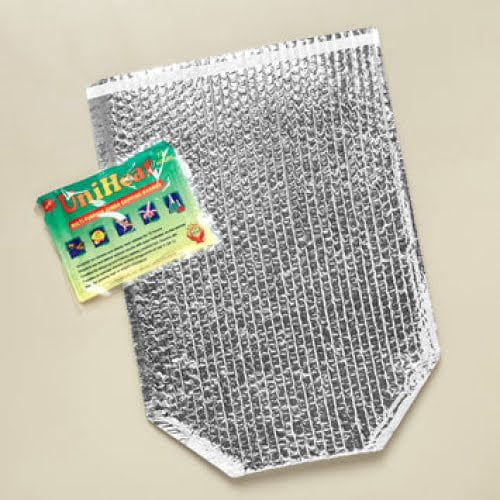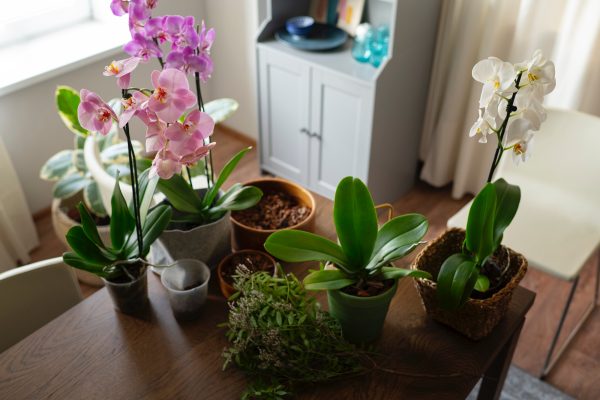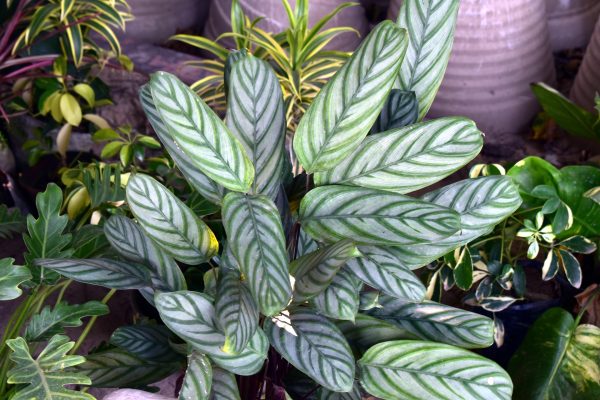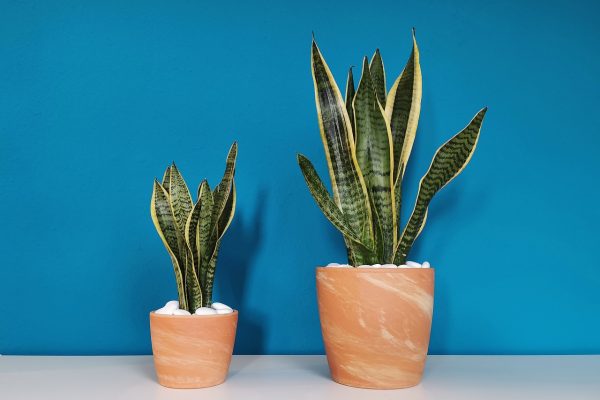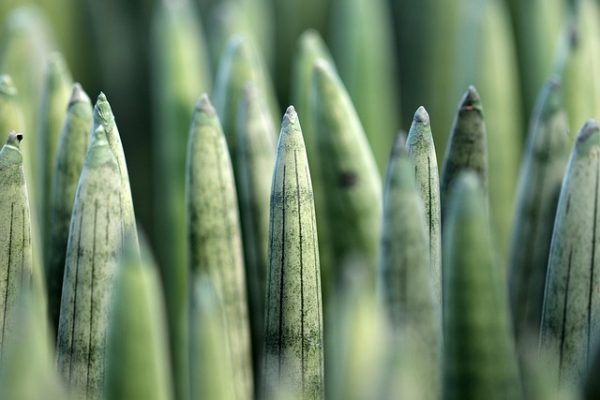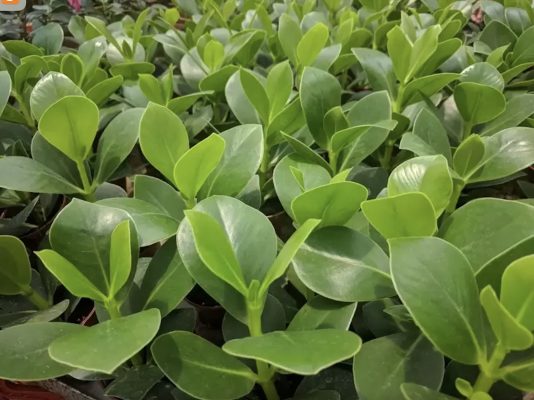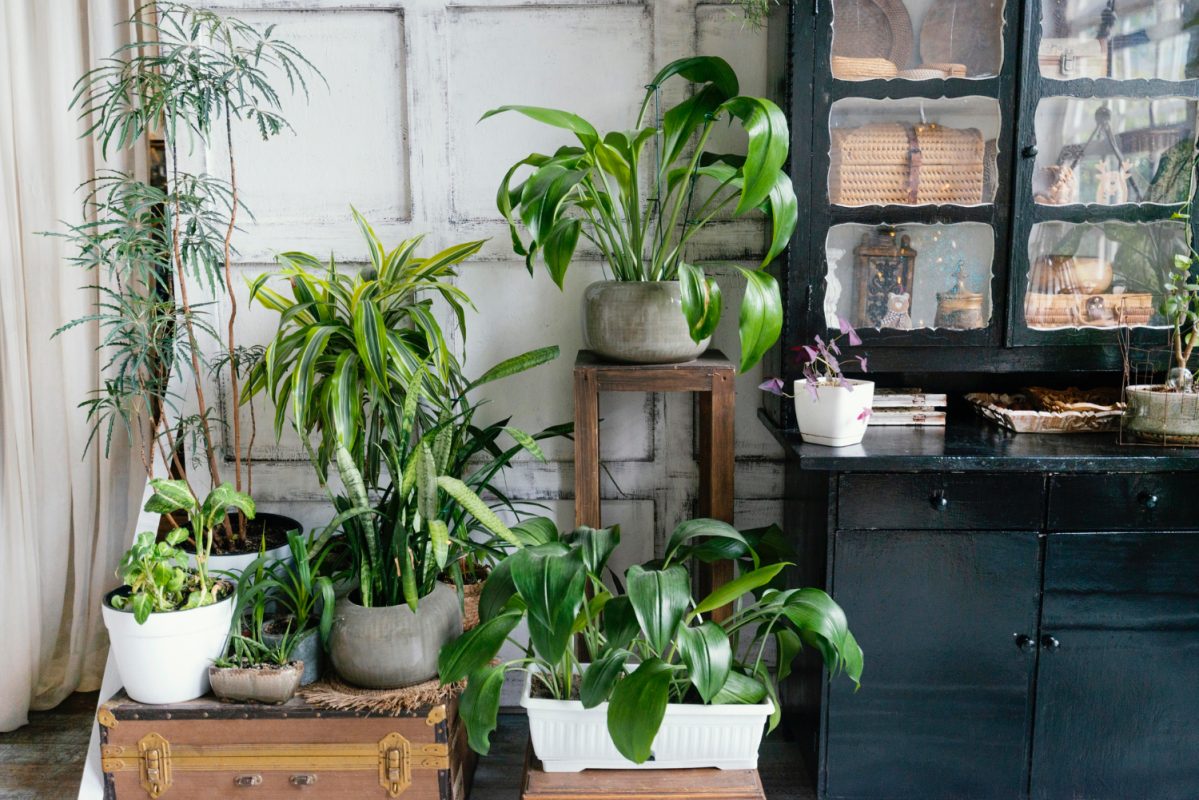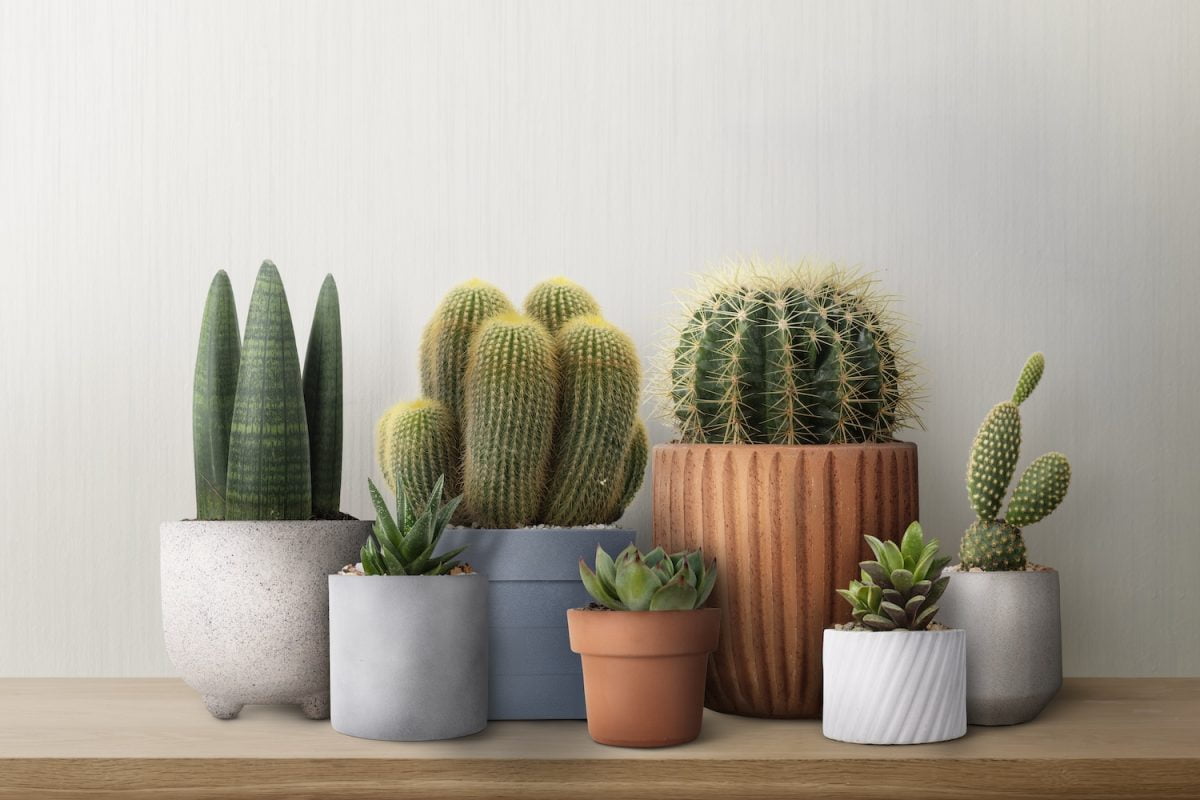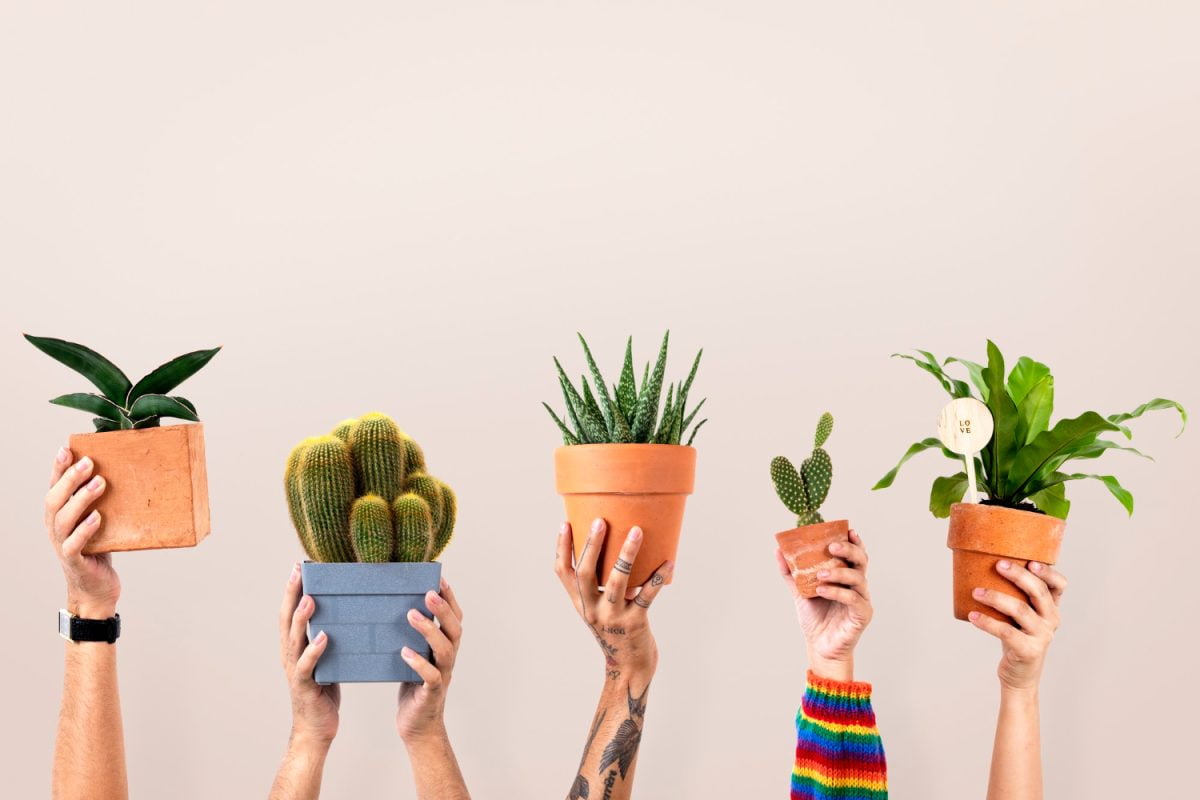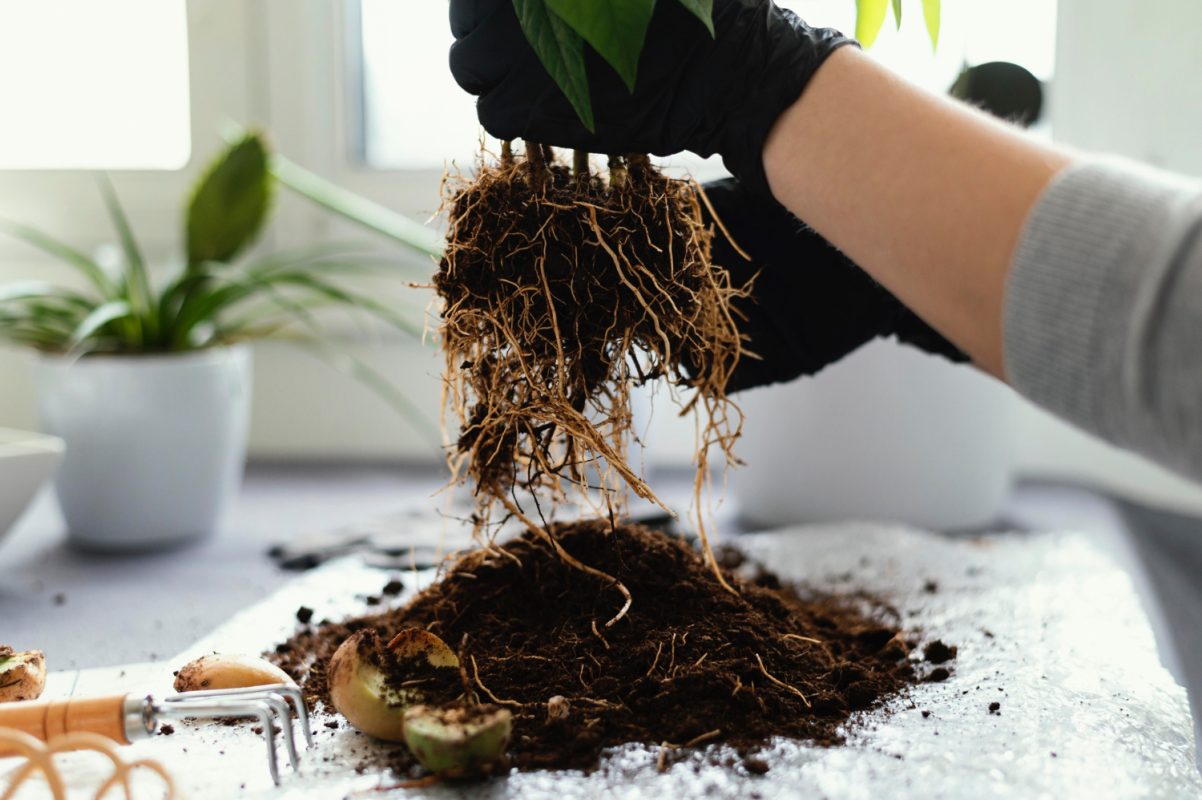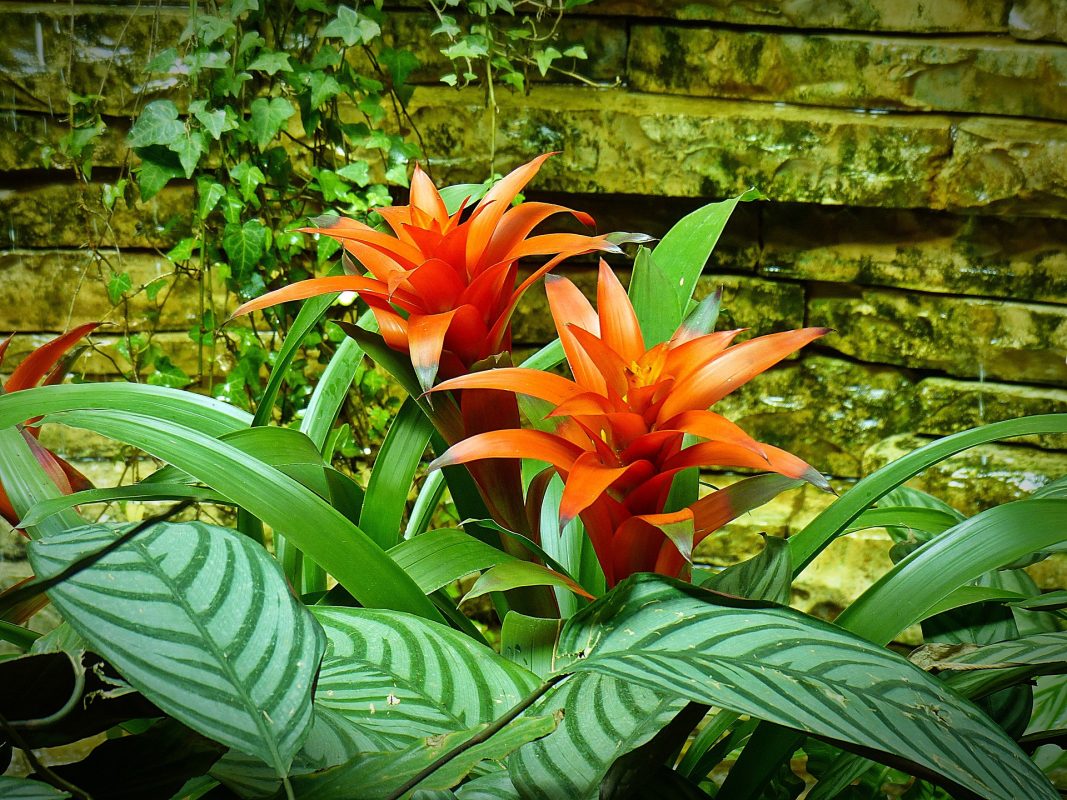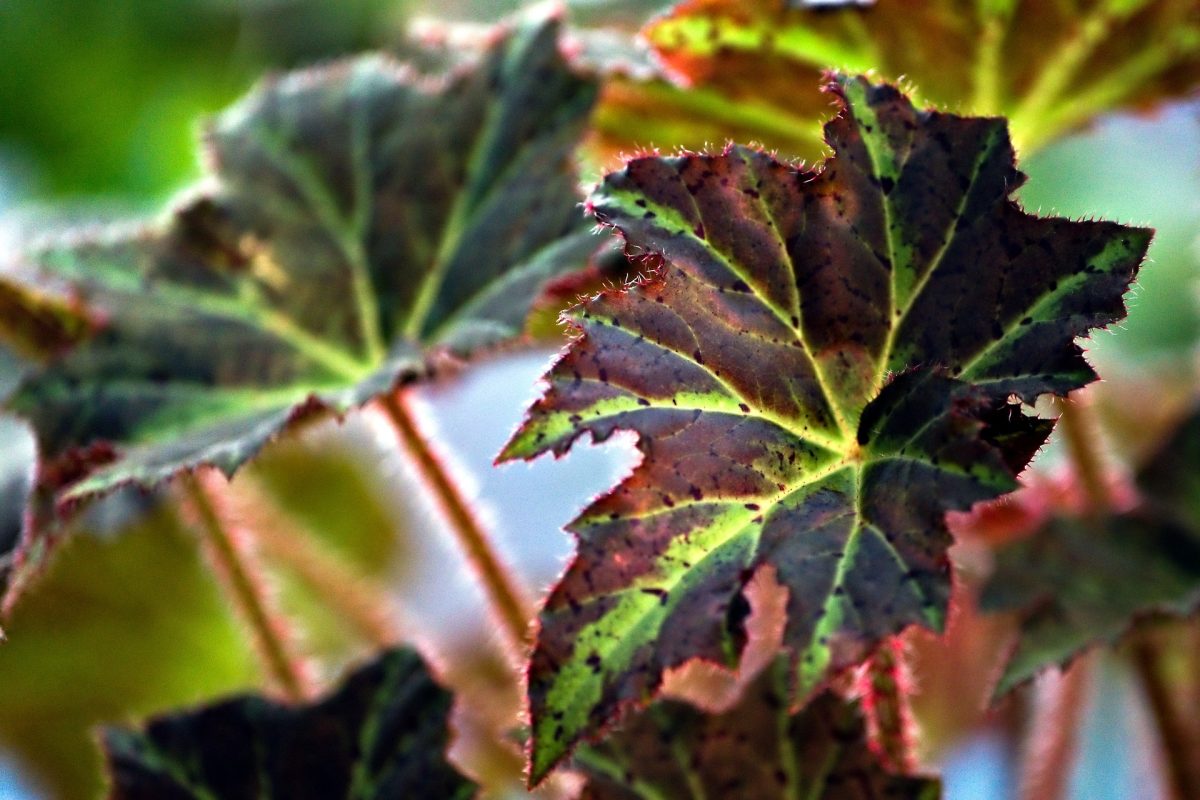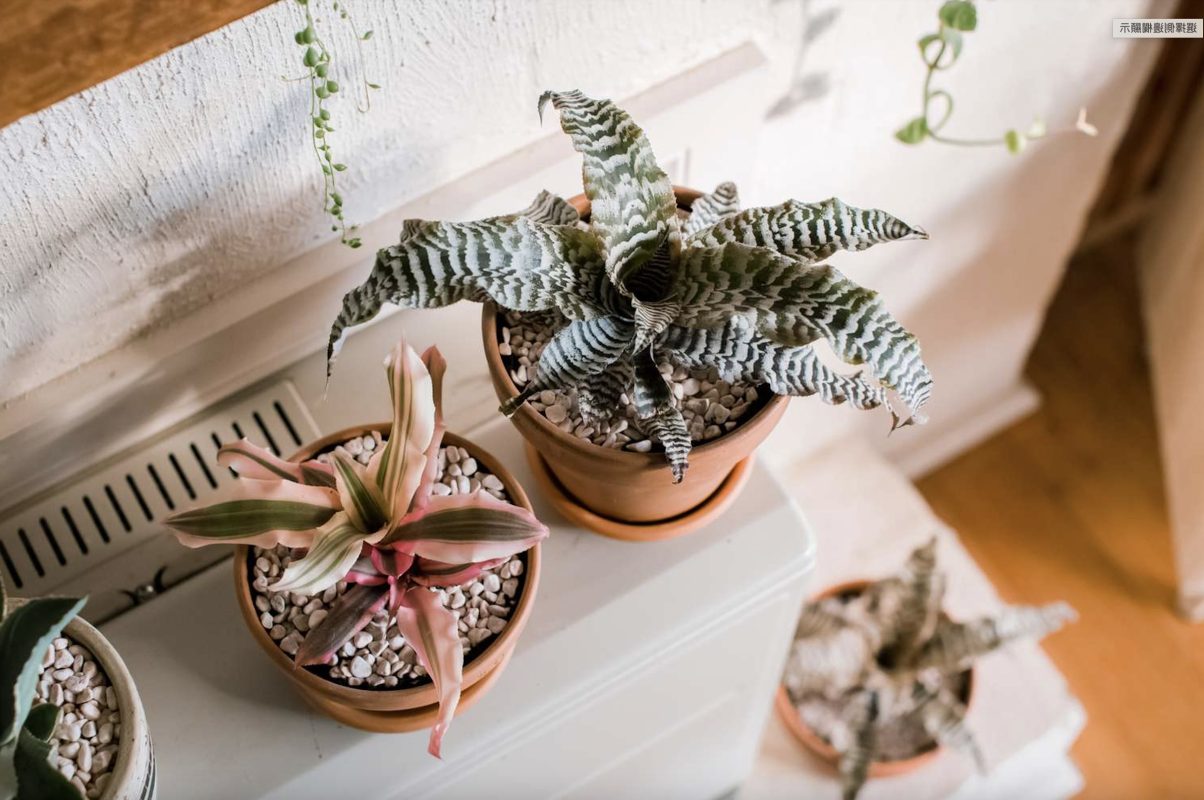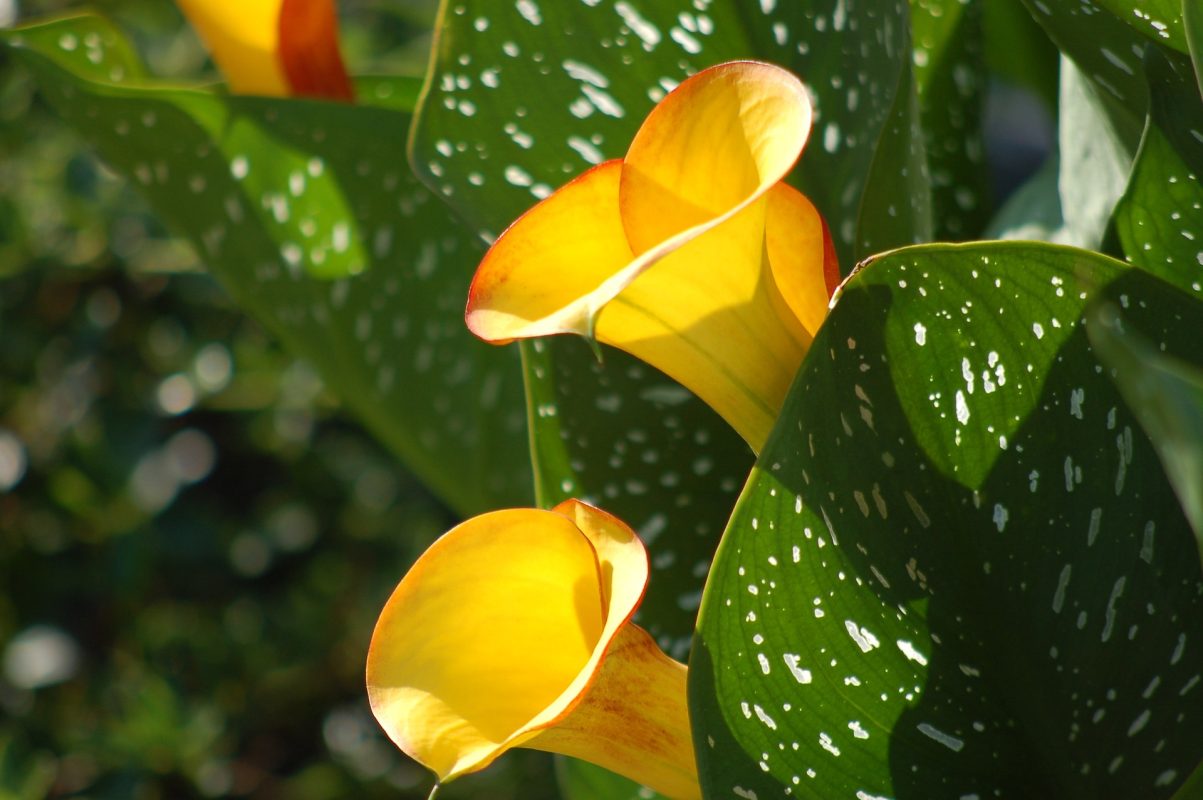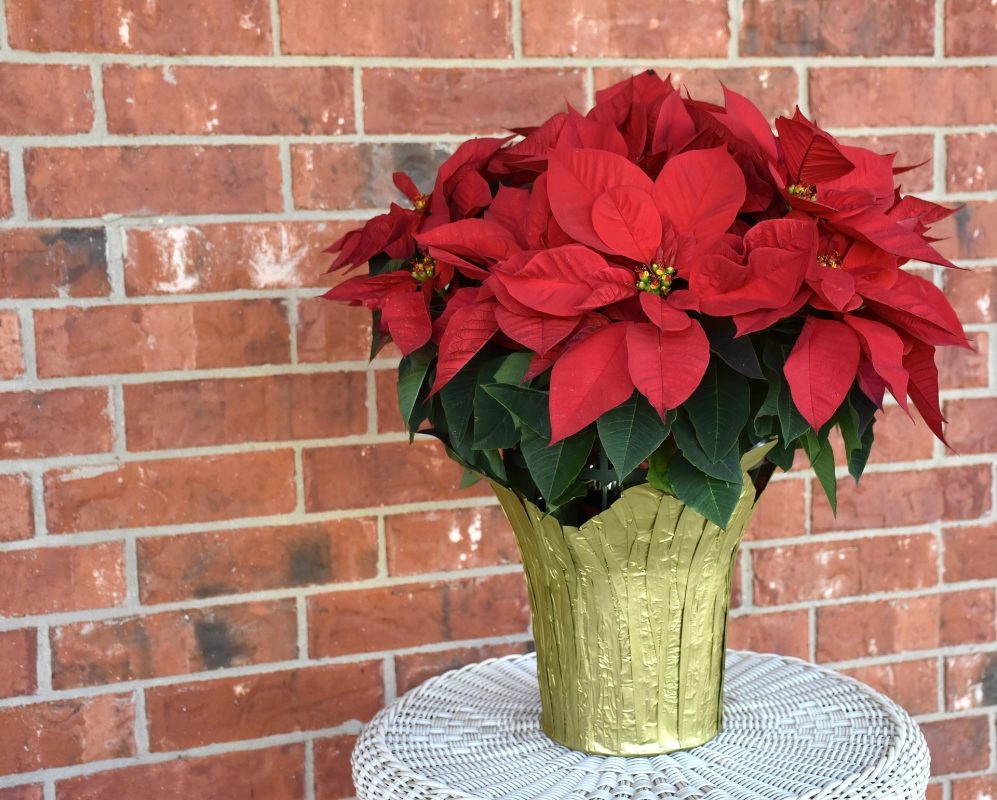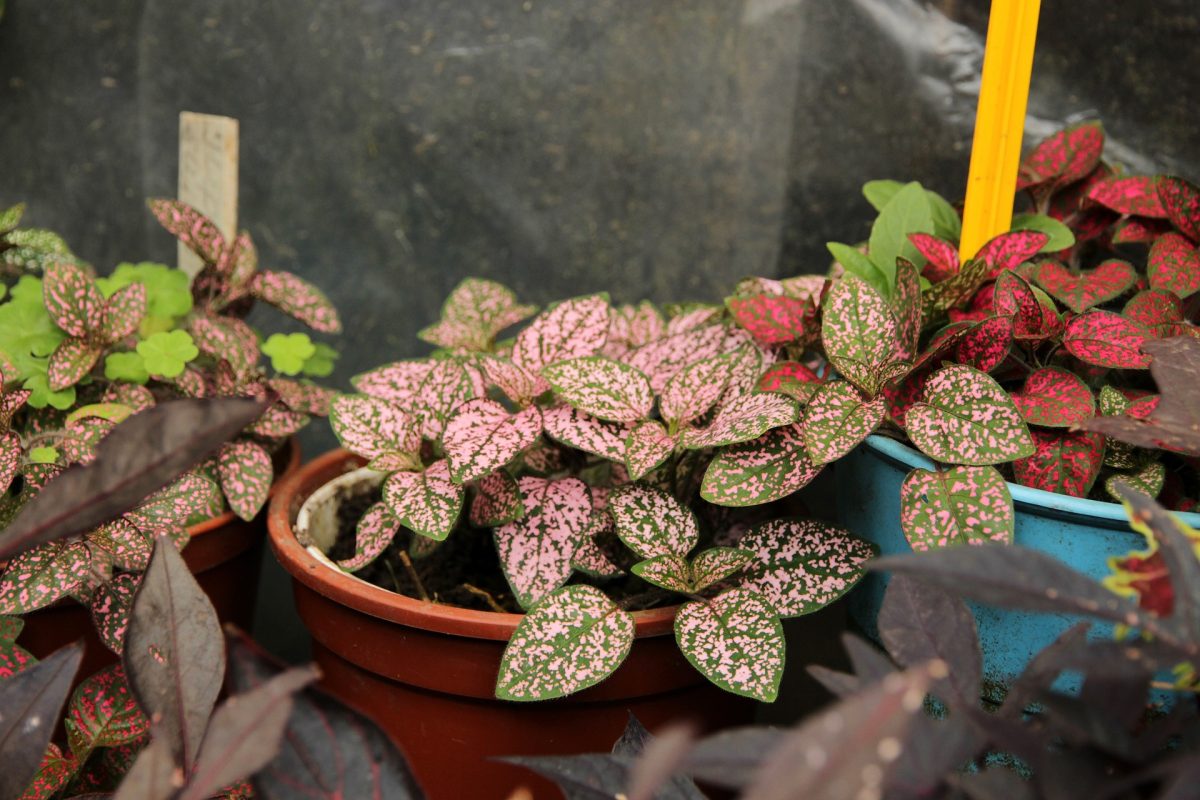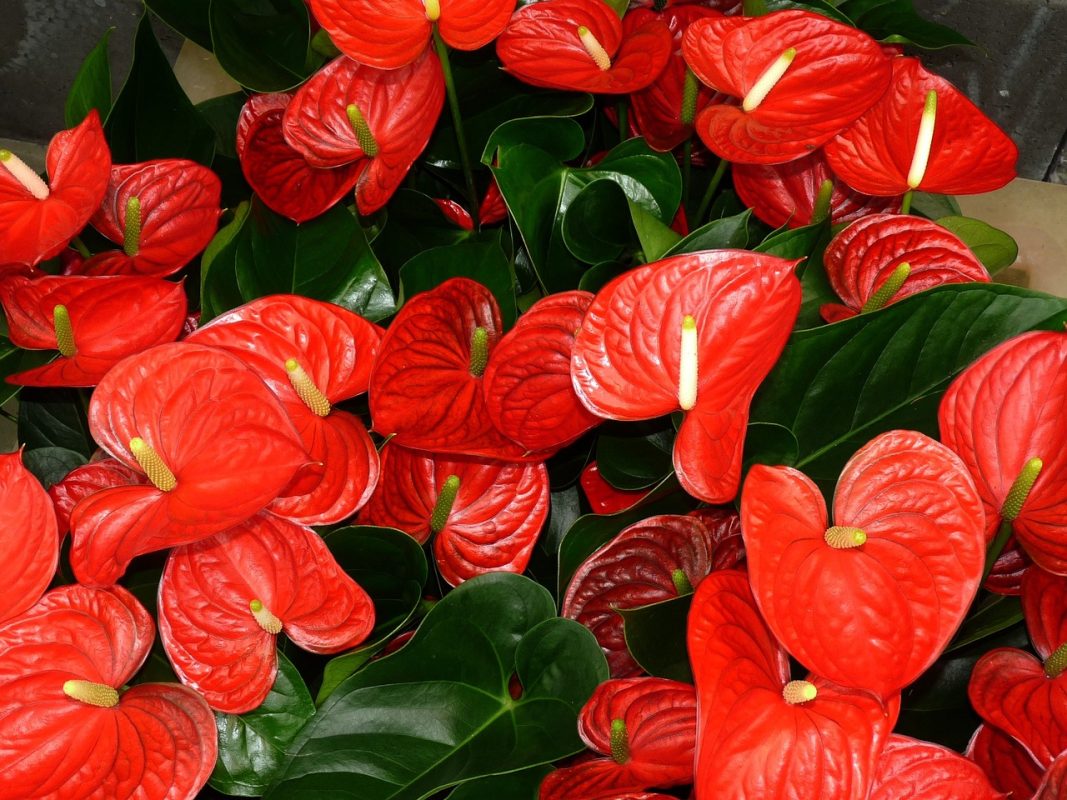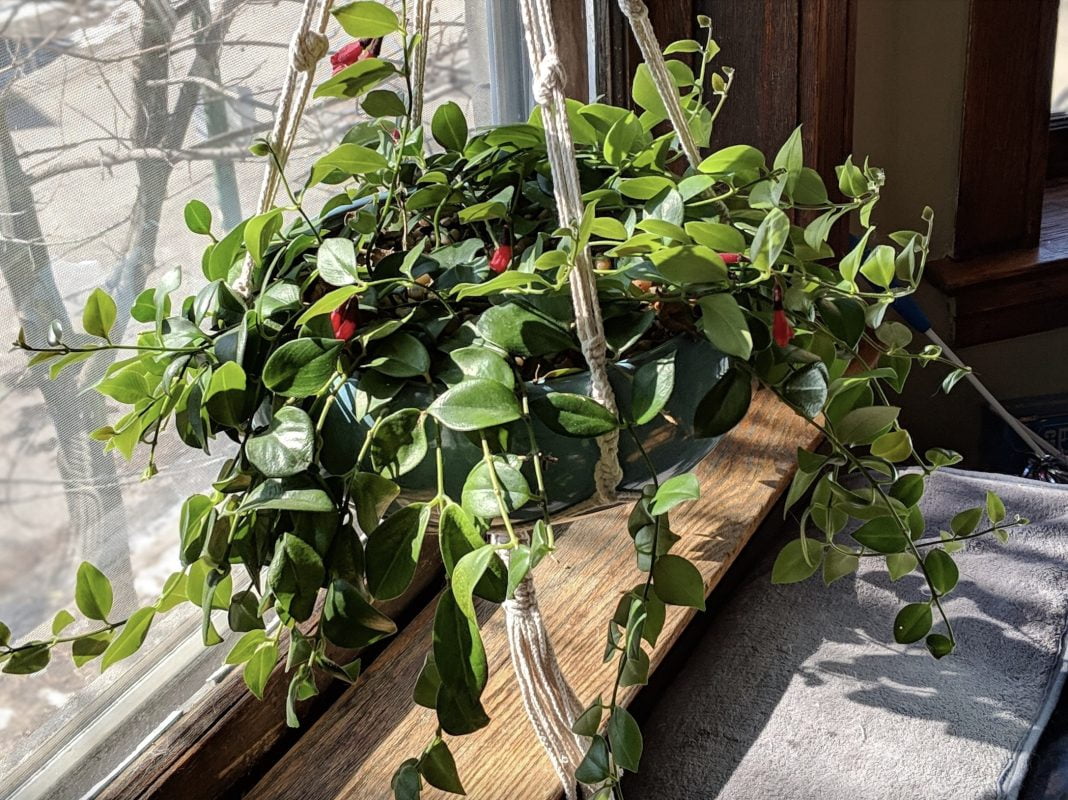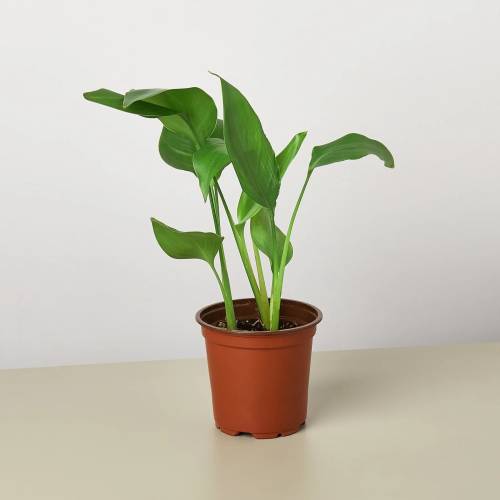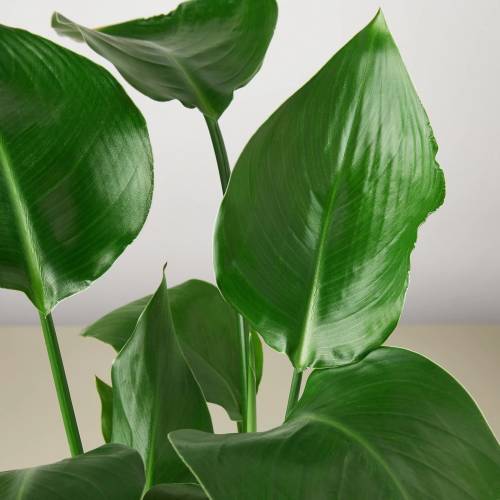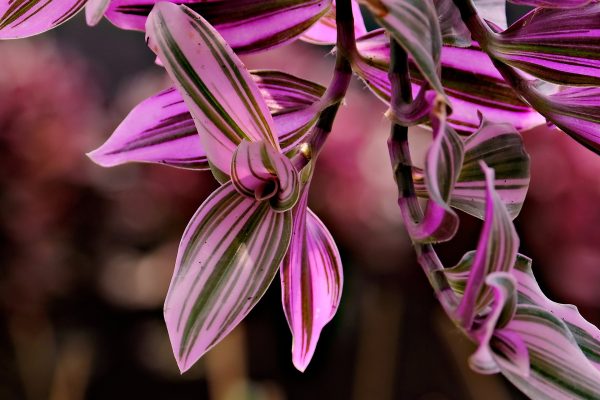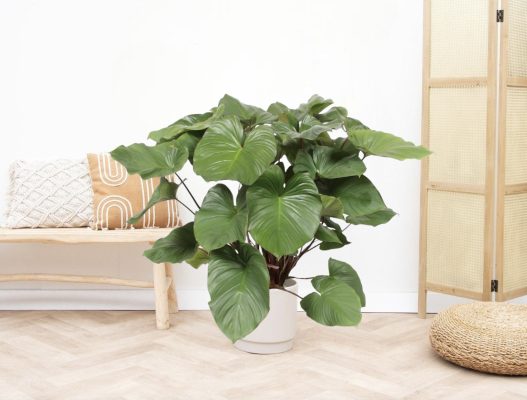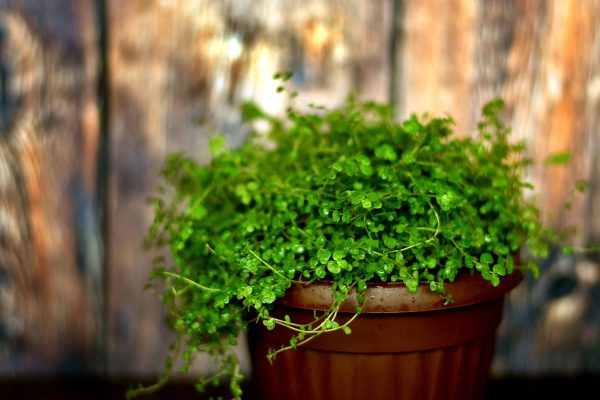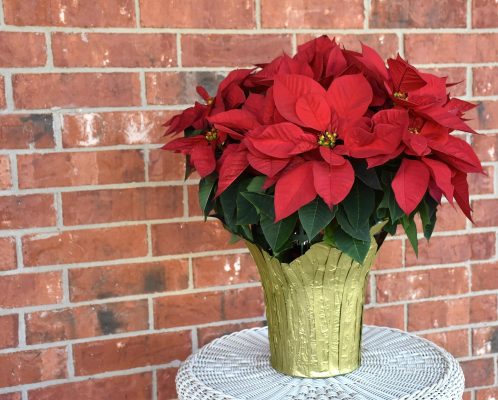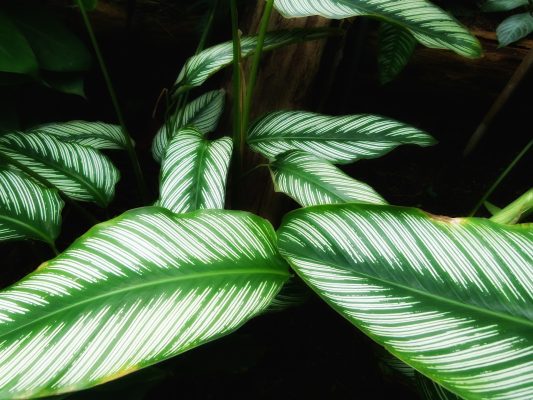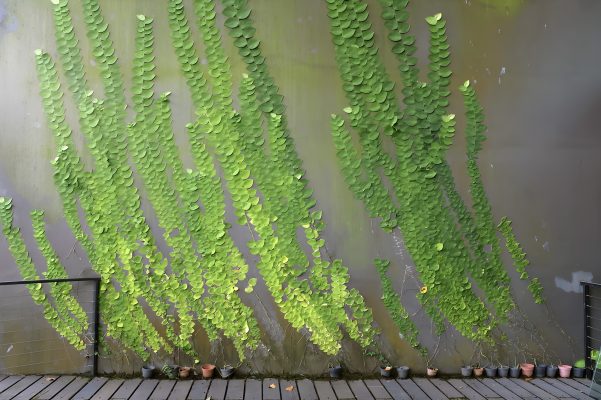The Bird of Paradise, scientifically known as Strelitzia reginae, is a majestic tropical plant renowned for its large, banana-like leaves and exotic, bird-like flowers. This comprehensive care guide is your key to fostering the vibrant allure of Bird of Paradise within your living space, transforming it into a lush, tropical haven.
I. Plant Overview:
- Scientific Name: Strelitzia reginae
- Common Names: Bird of Paradise, Crane Flower
- Origin: Native to South Africa
II. Light Requirements:
- Ideal Conditions: Bright, indirect light. Thrives in direct sunlight for a few hours daily.
- Tolerance: Moderate tolerance to lower light conditions, but prefers abundant light for optimal growth.
III. Watering:
- Frequency: Water when the top 1-2 inches of soil is dry. Allow the soil to dry slightly between waterings.
- Water Quality: Use room-temperature water. Ensure good drainage to prevent waterlogging.
- Humidity: Appreciates higher humidity. Regular misting or a humidifier can be beneficial, especially in drier environments.
IV. Soil:
- Type: Well-draining, rich potting mix with organic matter. A mix for tropical plants or orchids is suitable.
- pH Level: Slightly acidic to neutral (pH 6.0-7.0).
V. Temperature and Humidity:
- Temperature: Thrives in warm temperatures between 65-70°F (18-24°C). Protect from drafts and sudden temperature drops.
- Humidity: Prefers higher humidity. Maintain levels between 50-60% if possible.
VI. Fertilization:
- Schedule: Feed every 4-6 weeks during the growing season (spring and summer).
- Fertilizer: Use a balanced liquid fertilizer, diluted to half strength. Reduce fertilization in the dormant season (fall and winter).
VII. Pruning and Maintenance:
- Pruning: Trim brown or yellowing leaves close to the base. Remove any debris in the leaf bases.
- Cleaning: Wipe leaves with a damp cloth to remove dust, allowing better light absorption.
VIII. Repotting:
- Frequency: Repot every 1-2 years or when the plant outgrows its container.
- Procedure: Gently remove the plant, inspect roots, and repot in fresh soil. Choose a container with drainage holes.
IX. Common Issues and Solutions:
- Leaf Browning: Overexposure to direct sunlight. Move the plant to a slightly shadier location.
- Pests: Keep an eye out for spider mites or scale. Treat with insecticidal soap or neem oil.
- Yellow Leaves: Overwatering or underwatering. Adjust watering habits accordingly.
X. Propagation:
- Method: Division or seeds.
- Timing: Spring or early summer.
- Process: Divide the plant at the root, ensuring each division has healthy roots. Alternatively, collect and plant fresh seeds.
With the right care, your Bird of Paradise will flourish, presenting an elegant display of tropical grandeur. This guide provides the insights needed to ensure your Bird of Paradise thrives and graces your home with its stunning presence. Happy gardening!
our recommendation
you may also want to know


